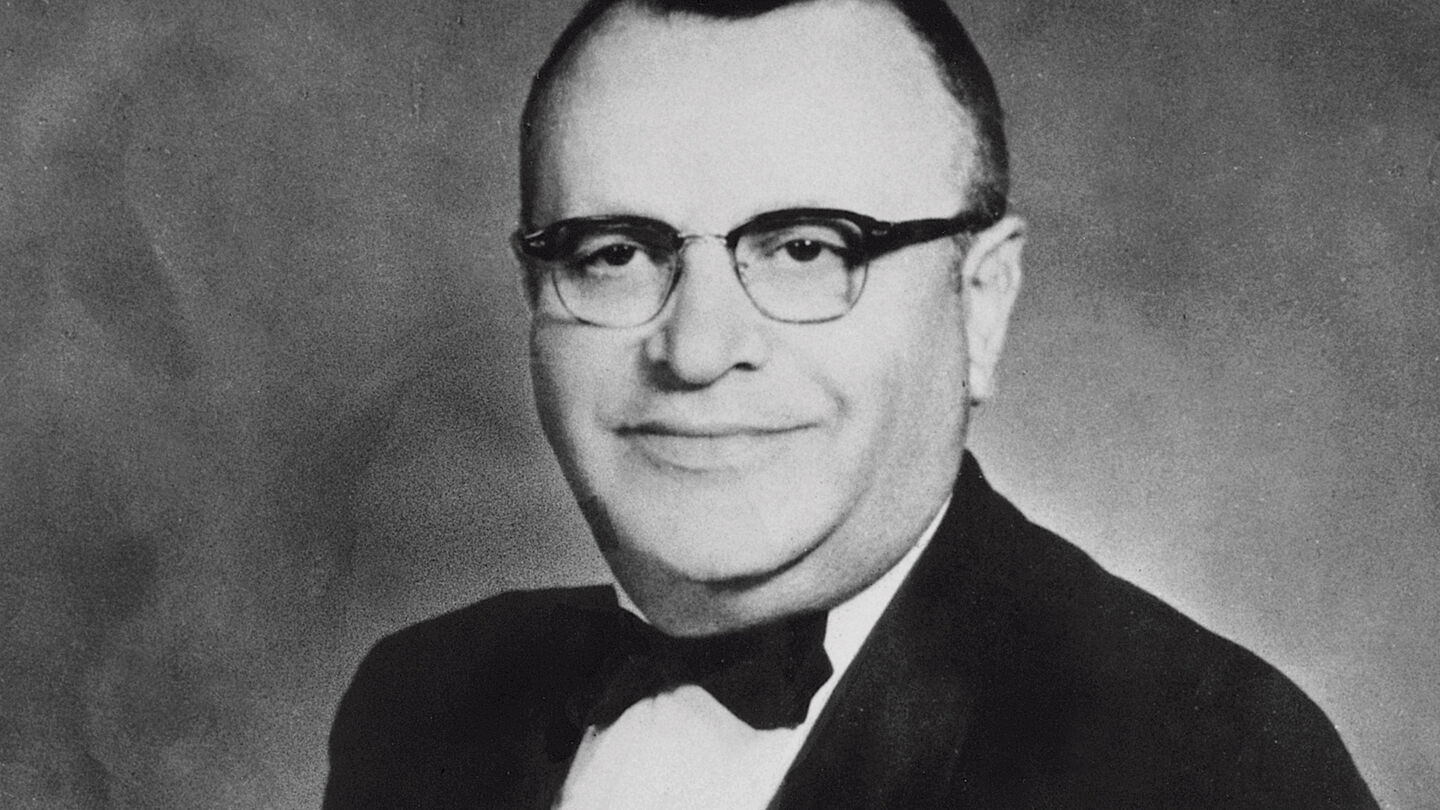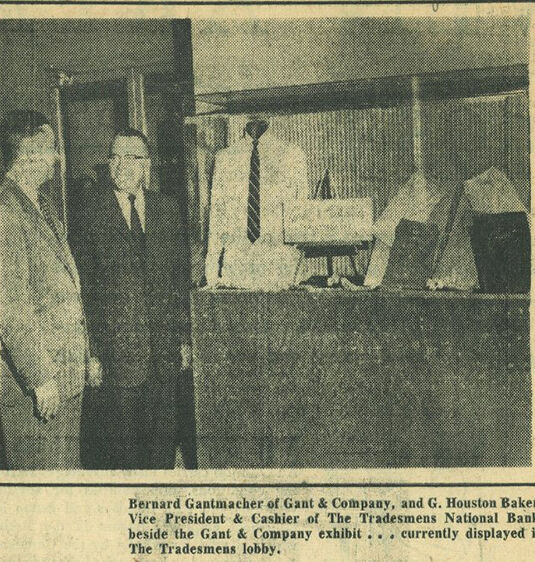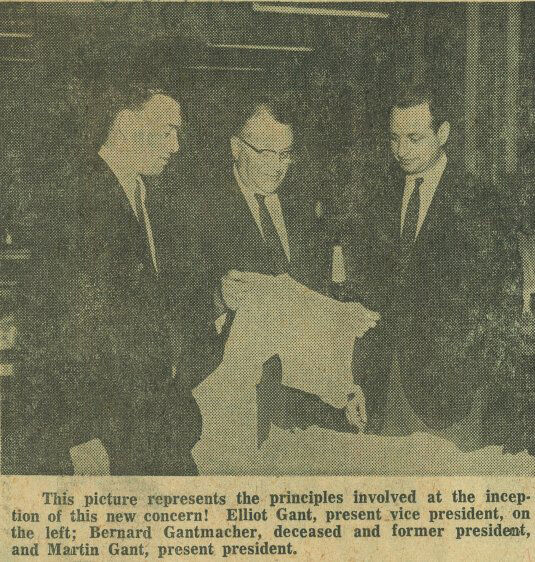
The man behind it all
Berl Gantmacher was a miller’s son from Miropol in Ukraine who, by the time he was a teenager, had already made his way from the Russian Empire to Rotterdam in The Netherlands. From there, he continued west, embarking the S.S. Potsdam, a Holland America Line steamship, and sailing to New York City. Archives at Ellis Island record him arriving on November 12, 1907. He was just 17 years old.
Like so many Jewish immigrants before him, he Americanized his name and set about improving himself. The boy who was Berl became Bernard, and enrolled in night classes at Columbia University’s College of Pharmacy. During the day he found work in the city’s bustling garment industry on the Lower East Side. Bernard worked as a “closer,” someone who assembles garments, and this backbreaking work developed his entrepreneurial zeal and taught him to tailor. It also introduced him to a young woman called Rebecca Rose, whose job was sewing buttonholes and buttons. She would later become his wife.
At the outbreak of the First World War, Bernard joined the US Army and went to fight in France. Upon completing his military service he returned to New York with a renewed desire to succeed. Graduating from college, he married Rebecca, and decided the time was right to go into business for himself. With his partner Morris Shapiro he founded the Par-Ex Shirt Company, based in Brooklyn. Par-Ex made shirts par excellence for other brands, including Brooks Brothers. The new company was a success, and in 1927 the Par-Ex Shirt Company relocated to the upscale town of New Haven, Connecticut, home to nearby Yale University.
Times were good for the Gantmachers. The business grew – and so did the family. Two of Bernard and Rebecca’s children, Marty and Elliot, would go on to spur GANT to great success. Born in 1921 and 1926 respectively, they began their careers as boys at the shirt factory by sweeping floors and fusing collars. As they grew, they developed an awareness of styles on campus at nearby Yale, observations that would soon change the course of American fashion.
The outbreak of World War II interrupted both Marty and Elliot’s careers, and both sons quickly enlisted in the army. On returning home in the 1940s, they took up their studies at the University of Connecticut; Marty specialized in business administration, while Elliot majored in marketing. Possessed of new skills, they decided to invest what they had learned into the family business.
The brothers saw that America was entering a period of rapid and profound change. The war had shattered many old traditions, and new kinds of art, music and fashion were spreading across the nation. Marty and Elliot saw an opportunity, and seized it. They convinced their father the time was right to leave Par-Ex and the contracting business behind. Instead of making clothing for other labels, they would sell perfectly tailored shirts under their own label.
In April 1949, GANT Inc. was born.


